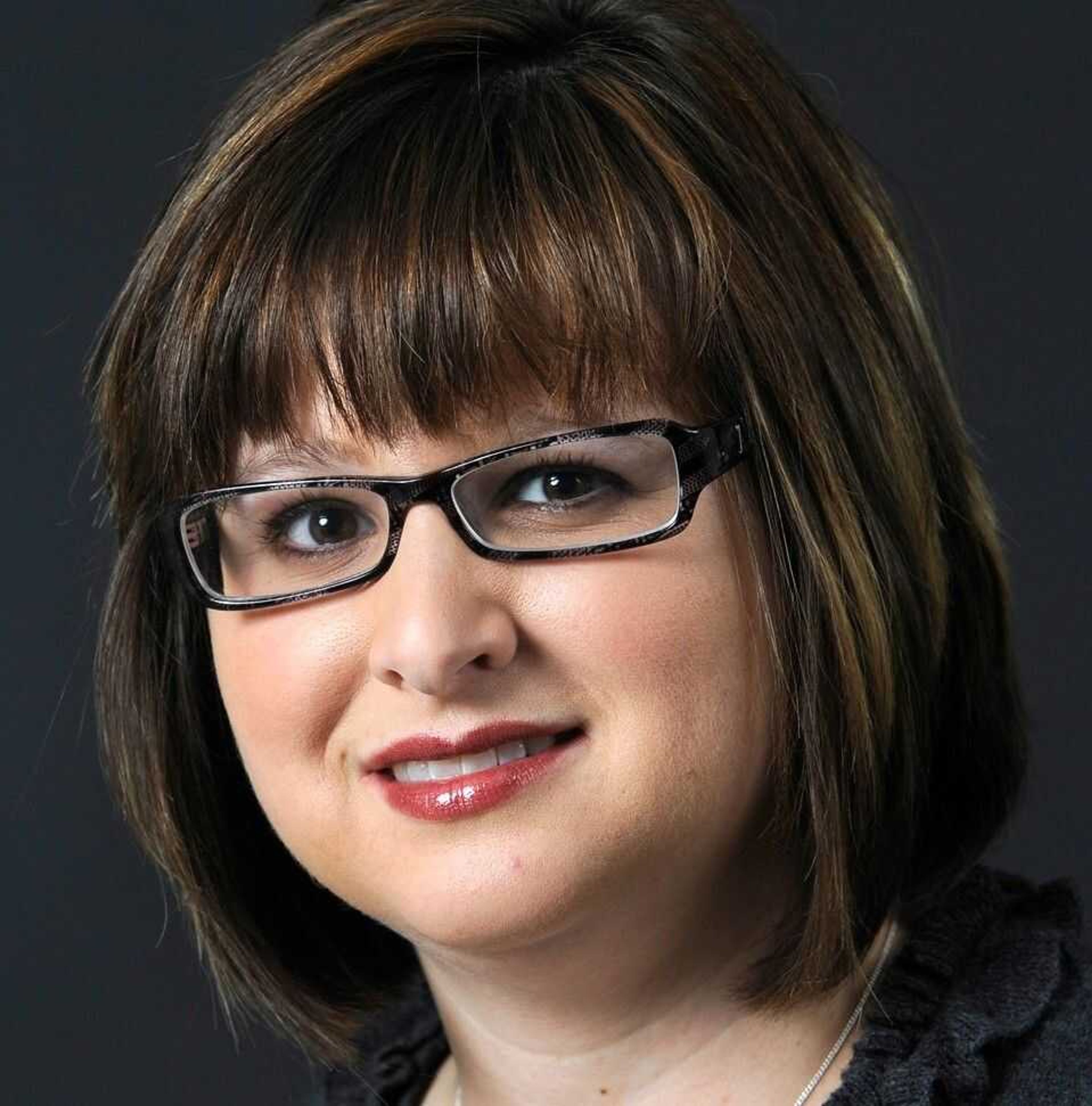SEMO student spending increasingly goes to tech
Southeast Missouri State University students' spending habits have changed over time, according to figures from a new university-generated economic study and numbers from previous studies. Students are now spending more on technology items like computers and cellphones...
Southeast Missouri State University students' spending habits have changed over time, according to figures from a new university-generated economic study and numbers from previous studies. Students are now spending more on technology items like computers and cellphones.
Student spending is increasing in part because the university's population is growing, but spending in specific categories is changing as technology takes hold of modern society.
"We've seen students move from the use of home computers, to practically every student having a laptop to now they're using their smartphones for things they were using their home computers for," said Dr. Judy Wiles, chairwoman of the Department of Management and Marketing and professor of marketing at Southeast, who helped coordinate the study. "The whole area of technology and the change is exhibited in the spending categories."
Earlier versions of the university's student spending studies done in the 1970s and 1980s didn't have a category for computers, she said.
Spending on computers by students in 2011 went down slightly compared to the most recent spending study in 2003, from $1.1 million to $1 million. However, cellphone spending more than doubled, going from $1.7 million in 2003 to $3.3 million last school year.
Students are spending less on cameras and film processing compared to 2003 and that relates to the use of a smartphone for taking pictures, said Wiles. Land-line spending also decreased as cellphone spending increased, the study shows.
Students also appear to be turning to the Internet for entertainment, rather than heading to the movies. Spending at movie theaters decreased by about $89,000 from 2003 to 2011, but spending on Internet exploded going from $174,568 to $887,043.
"It could be due to the use of better television sets, spending more time buying what you want to watch, and online streaming. The influence of technology has changed entertainment spending," Wiles said.
In 2003, students spent an average of 2.6 hours a day on the Internet. They now spend 3.81 hours a day online.
Thirty-eight percent of students paid for Internet access in 2003, compared with 50 percent of students in 2011.
Students are also spending more on eating out and living off campus than in the past.
According to a 1984 student spending study, when the university had an enrollment of 7,980 students, $3.6 million was spent on dining out. Those expenses grew to $5.3 million in 2003, as the university population grew to 9,400.
In this most recent study, with the university's population now at 11,700, dining out accounts for $6.4 million in spending.
Student spending on off-campus living also has increased, from $3 million in 2003 to $7 million in 2011.
The amount students are spending on alcohol is decreasing despite enrollment increasing.
In 1984, students spent $3.2 million on liquor and that number stayed the same in 2003, but decreased to $2.2 million in this most recent study. In the 2003 study, 42 percent of students said they spent on alcoholic beverages in restaurants, bars and clubs and 48 percent said they bought alcohol at a store. That percentage decreased slightly to 39 percent buying alcohol at restaurants, bars and clubs and 35 percent making purchases at a store in this study.
Wiles said she is hesitant to draw direct conclusions about student alcohol consumption from this study.
"My concern with that data is that in the most recent study we interviewed more upperclassmen. In 2003 it was across the board a little bit more," Wiles said.
In a spending trend showing students are becoming more health conscious, spending on alcohol, tobacco and tanning all decreased compared to 2003, while spending on fitness centers, vitamins and supplements went up.
Knowing how students' spending habits are changing will help those considering opening or expanding businesses that serve the student market, said Tim Arbeiter, vice president for community development at the Cape Girardeau Area Chamber of Commerce.
"This is a very helpful piece of information that someone who is making a decision to open a business needs to know," Arbeiter said.
The impact of student spending shouldn't be underestimated.
Total student spending has grown from $7 million in 1973 to $34.4 million in 1983 to $51.2 million in 2003 and now topping $63 million, according to the university.
"In the two weeks before the university opening its doors for the fall semester (Cape) has a very different feel and vibe than when you see the students coming in that has an instantaneous effect when you're talking about retail sales and dining out which are huge at that time," Arbeiter said. "We have students here consistently consuming a number of different things and this study looks at just what are they consuming."
---
Annual student spending
Comparison of how student spending habits are changing (9 months of raw data total, does not factor in inflation).
Category 2003 2011
Dining out $5.3M $6.4M
Groceries $5.5M $10.8M
Rent $3M $7M
Cell phone $1.7M $3.3M
Computers $1.1M $1M
Internet $174,568 $887,043
Alcohol $3.2 $2.2M
Tobacco $683,000 $637,427
Theaters $689,000 $600,000
Cameras $390, 642 $284,354
Total Spending $51.2 $63.6
Source: Southeast Missouri State University
---
mmiller@semissourian.com
388-3646
Pertinent address:
One University Plaza, Cape Girardeau, MO
Connect with the Southeast Missourian Newsroom:
For corrections to this story or other insights for the editor, click here. To submit a letter to the editor, click here. To learn about the Southeast Missourian’s AI Policy, click here.








